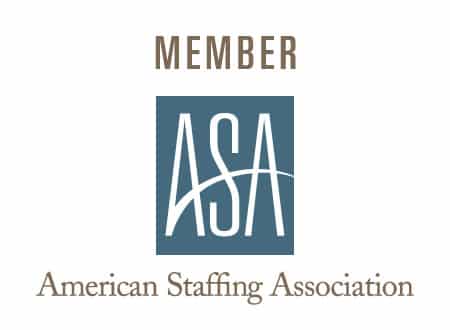Ever heard of the inversion technique or rapid prototyping?
Hint: They have nothing to do with overturned buckets or 3D printers.
Admittedly, these terms may sound strange, but don’t discount them until you’ve read more about them. They may hold the key to overcoming your tough business challenges.
The Inversion Technique
This unique approach to problem-solving starts with envisioning the worst-case scenario for a business problem (or any other problem, really). Then, it uses that “doomsday” scenario as the foundation for developing solutions. Unlike reverse-engineering (which starts with the desired outcome), the inversion technique asks you to consider the exact opposite of your desired result. In doing so, you may be able to:
- Identify problems – including ones you didn’t even know you had.
- Find new opportunities. When you brainstorm disastrous business conditions, you identify the things you need to know and do
- Develop new solutions. By flipping your thinking and imagining worst-case scenarios, you might come up with new solutions or preventative measures to eliminate your problem completely.
The next time you face a tough problem, try turning it on its head with the inversion technique.
Rapid Prototyping
Research, competitive analysis and strategic plans not delivering the solutions you want? Try rapid prototyping. This concept, borrowed from designers, is a method you can use to quickly generate a number of ideas to solve a problem you’re working on. Unlike the sophisticated prototypes 3D modelers create, the goal of the physical prototype you create isn’t to create an accurate representation of the solution. It’s to get you off your keyboard and start working with your hands.
To use the rapid prototyping method, all you need are sticky notes and some building basics. Legos, Play Doh, markers and pipe cleaners work perfectly – or you can even use office supplies in a pinch. Just gather a few team members, lay the ground rules (i.e., no technology) and get to work:
- Stage 1: Immersion. Spend a few minutes reviewing the information about the problem at hand. Using sticky notes, jot down what you know, what you need to know, what’s working, what needs fixing, what competitors are doing – you get the picture.
- Stage 2: Insights. Put all your sticky notes on a flat surface, and then spend about five minutes moving them around to group ideas and draw connections.
- Stage 3: Strategy. Now’s the time to get crazy and brainstorm ways to address your problem. Focus on generating as many ideas as you can – don’t judge any of them.
- Stage 4: Design. Grab those building supplies! Have each team member choose an idea generated and build a “prototype” for it. It doesn’t have to be accurate (especially if you’re modeling a service and not a product). It just needs to visually communicate what your solution would look like in the real world.
Admittedly, the prototypes you develop may be a far cry from the final solutions you develop, but they’ll provide a promising starting point you otherwise might not have had.
Tough employment challenges? Bring ’em on!
At Wood Personnel, we’re all about solving problems. Our team members are always on the lookout for ways to save clients time and money, help them get work done and grow their businesses. Give our Cool Springs employment agency a call – we’ll cut your staffing problems down to size.



